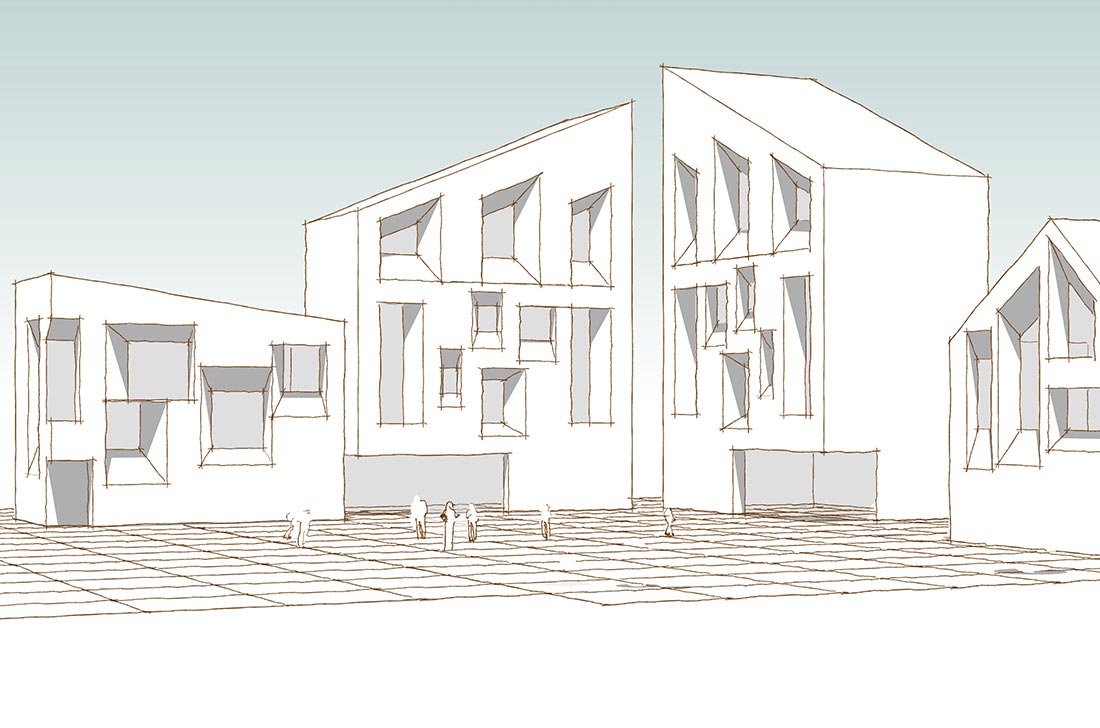Rehabilitative Architecture
Rehabilitative architecture isn’t solely limited to individuals with impairments; it can also encompass designing spaces to support various forms of rehabilitation and wellness for people without specific impairments. In this broader context, rehabilitative architecture focuses on creating environments that promote physical, mental, and emotional well-being, as well as overall health improvement.
Building an upright body against gravity: Just as a building needs a strong foundation to stand tall and stable, the human body also thrives when it maintains an upright posture against gravity. This analogy underscores the importance of architectural design in promoting physical health. By incorporating elements that facilitate proper alignment and movement, such as straight angles and spaces that encourage stretching and mobility, architects can contribute to the overall well-being of occupants.
Active Living Spaces: Designing spaces that encourage physical activity and movement can contribute to overall health and well-being. This includes incorporating features like open floor plans, fitness areas, walking paths, and recreational spaces that encourage regular physical activity.
Mindfulness and Mental Health: Creating environments that support mental health and mindfulness can be an essential aspect of rehabilitative architecture. This may involve designing spaces with natural elements, such as greenery and natural light, as well as quiet areas for relaxation and meditation.
Healthy Indoor Environment: Prioritizing indoor air quality, lighting, and acoustics can significantly impact occupants’ well-being. Incorporating natural ventilation, adequate lighting levels, and sound-absorbing materials can contribute to a healthier indoor environment.
Biophilic Design: Integrating elements of nature into architectural design, known as biophilic design, can have positive effects on occupants’ physical and mental health. This includes incorporating natural materials, views of nature, indoor plants, and access to outdoor spaces.
Social Connectivity: Designing spaces that foster social interaction and community engagement can support emotional well-being. This may involve creating communal areas, gathering spaces, and opportunities for social interaction within buildings and neighborhoods.
Universal Design Principles: Applying universal design principles ensures that spaces are accessible and inclusive for people of all ages, abilities, and backgrounds. This approach creates environments that accommodate diverse needs and promote equal access for everyone.
In summary, rehabilitative architecture for non-impaired individuals focuses on creating environments that promote active living, mental and emotional well-being, and overall health improvement through thoughtful design considerations.

